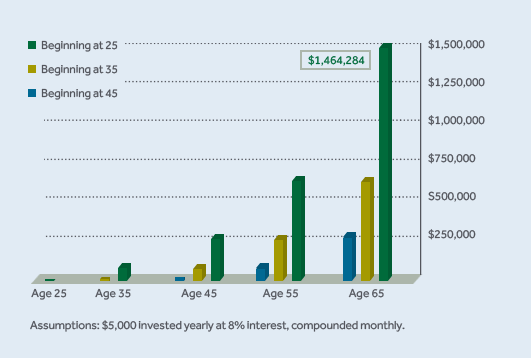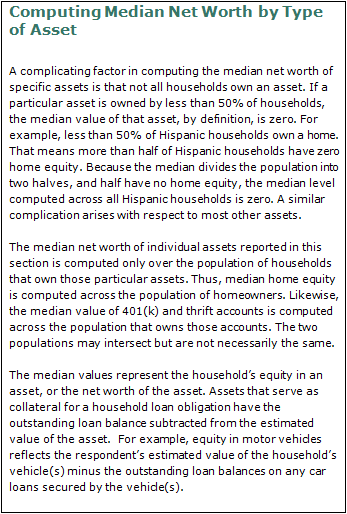The Most Common Mutual Funds In Retirement Plans
Post on: 5 Июль, 2015 No Comment

Mutual funds accounted for a staggering $6.5 trillion of assets held in defined contribution plans and individual retirement accounts (IRAs) at year-end 2013, according to the Investment Company Institute. The most common in retirement plans are equity, balanced and bond mutual funds.
Equity Mutual Funds
Equity mutual funds are by far the most popular. They account for 58% of mutual fund assets in retirement plans, ICI data shows. Equity funds invest in domestic and international stocks and are actively managed or track a stock index. These funds are typically focused on growth rather than income.
They make sense for investors with long-term investment horizons, when retirement is decades away, for example. Such people can tolerate higher risk and withstand the ups and downs of the stock market over the long haul. (For more, see: Your Mutual Fund: Its Riskier Than You Think .)
The Fidelity Contrafund (FCNTX ), with more than $76 billion in assets under management, is a popular large-cap, equity fund found in retirement plans. Its aim is capital appreciation by buying the stocks of companies it views as undervalued. (Feeling nostalgic? See How the Biggest Mutual Funds Did in 2011 .)
Balanced Funds
Balanced funds follow equity funds in popularity and represent 22% of assets in defined contribution plans and IRAs. Balanced funds, also referred to as hybrid funds. invest in a mix of stocks, bonds and money market funds. They suit more risk adverse investors seeking safety, income and moderate growth.
Target Date and Lifecycle Funds
Target date and lifecycle funds are a subset of balanced funds and common mutual funds found in retirement accounts. Target date funds also invest in a mix of asset classes (stocks, bonds and money market funds) but rebalance portfolios based on a specific target date for retirement.
These funds are typically offered in 5-10 year intervals so that investors can choose a fund close to the year in which they would like to retire. An investor aiming to retire in 2039 or 2040, for example, would choose a 2040 target date fund. (For more, see: Pros and Cons of Target Date Funds .)
A target date fund becomes more conservative as it approaches and passes the target date and rebalances its portfolio to become less concentrated on growth and more focused on income.
A lifecycle fund, meanwhile, automatically rebalances its portfolio from higher risk to lower risk as an investor nears retirement. The majority (about 90%) of target date fund assets are in retirement accounts, compared with 40% of lifecycle fund assets, according to the ICI. (For more, see: Life-cycle Funds: Can it Get Any Simpler? )

Some of the largest providers of target date funds are Fidelity Investments, T. Rowe Price Group, Inc. (TROW ) and The Vanguard Group. The Vanguard Target Retirement 2025 (VTTVX ) alone has more than $31 billion in assets under management.
Bond funds represent 14% of mutual fund assets held in retirement accounts, according to the ICI. These mutual funds invest in bonds and other debt instruments. Typically the aim of bond funds is to produce income. They are generally considered less risky than growth-oriented equity funds. Retired investors or those close to it, for example, would commonly have a higher allocation of their investments in bond funds compared to younger investors just starting to save toward retirement. (For more, see: Evaluating Bonds Funds: Keep it Simple .)
The Vanguard Total Bond Market Index Fund (VBMFX ), with more than $124 billion in assets under management, is a popular bond fund in found retirement accounts. It tracks the Barclays U.S. Aggregate Float Adjusted Index, a broad, diversified bond index.
The Bottom Line
Mutual funds are a popular investment choice in retirement plans because of the ease of diversification they offer compared to buying individual stocks and bonds. Which mutual funds are best for you and how much in assets you should allocated to each will depend on how close or far you are to retirement, how adverse you are to risk, as well as your full financial picture. Choices will also be determined by what your 401(k) plan offers or your brokerage if investing via an IRA. (For more, see: Choosing Quality Mutual Funds .)
Trade Like a Top Hedge Fund
What can technical traders see that you don’t? Investopedia presents Five Chart Patterns You Need to Know, your guide to technical trading like the pros. Click here to get started, and learn how to read charts like an industry veteran.














